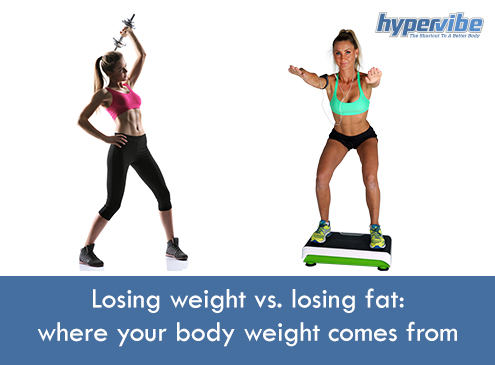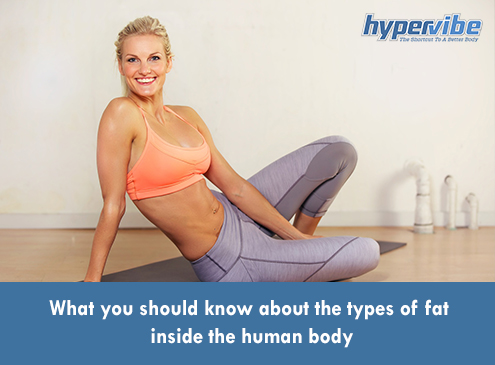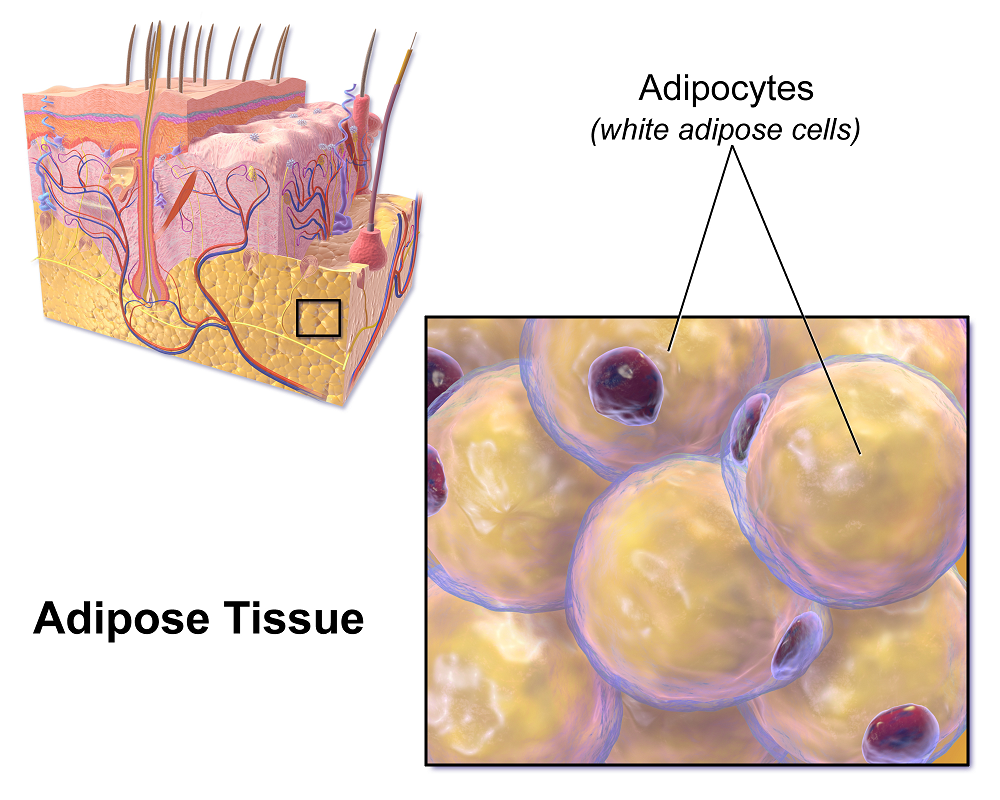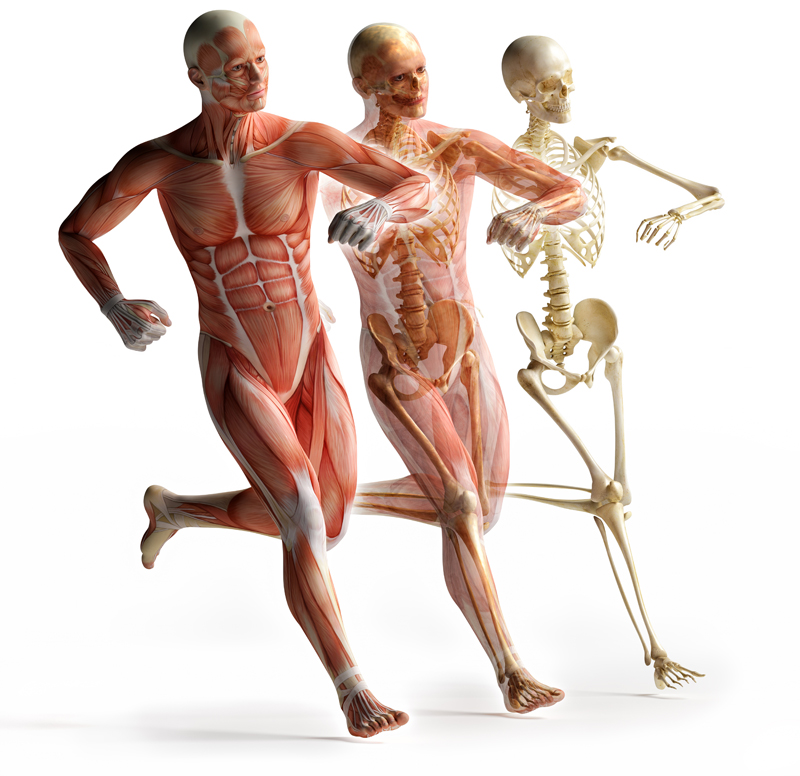Losing weight vs. losing fat: where your body weight comes from
When starting their weight loss journey, a lot of people focus on the scale and restrict the calorie intake or start exercising for several hours a day in an attempt to lose as much weight as possible in a short period of time. But even if the number on the scale drops, one may not look lean, toned or fit, because weight loss is not the same with fat loss.
Unless you’re overweight and have a lot of excess pounds to lose, a difference of 5-10 pounds in your body weight does not guarantee that you’ll look like a model. It’s quite frequent for people who manage to lose weight to still feel unattractive when they look in the mirror because losing bodyweight doesn’t always mean a significant reduction in body fat percentage.
If one has 20% body fat, they will not look toned or fit, regardless of the number on the scale. Their body may be and look healthy, but they will not look as lean as possible. On the other hand, someone with higher body weight or body mass index may look leaner if their body fat percentage is lower because a thinner layer of fat covers the muscles.
Fat tissue is found right underneath the skin, and when the body fat percentage is high, no matter how strong or toned your muscles are, if you have a lot of body fat, your trained muscles will be covered by that layer of fat. Obviously, someone with a lower body fat percentage will have more muscle definition and will look, fitter.
Now, this doesn’t mean one should quit trying to lose weight just because they don’t manage to achieve a model’s body, or because they still have some belly fat and their six-pack is not that visible. On the contrary, if one is overweight or doesn’t feel good in their own skin, losing weight may be useful and healthy for both their appearance and self-esteem.
When one loses body weight, they lose a combination of muscle mass, fat mass, and water. The weight loss rate may be satisfactory at the beginning, but as the body weight gets lower, and muscle mass is lost, the metabolic rate also decreases, as one’s energy needs change. Muscles burn more calories than fat, so by losing muscle mass one actually reduces their metabolic rate; in the long run, this favors the yo-yo effect, especially if the decrease in body weight is the result of a drastic diet or excessive training.
To look fit, focus on reducing the body fat percentage
Your body weight is given by muscle mass, fat tissue, and water, plus the weight of the internal organs. Since the last one can’t be influenced, we can only work with the weight that comes from muscles, fat, and water, when we try to reduce our body weight.
Losing water weight may be useful if you tend to retain excess amounts of fluid (this often happens in people who eat a lot of salt or have poor lymphatic drainage), but it’s not a strategy to adopt for healthy weight loss. If you reduce the water intake just to see a lower number on the scale, you expose yourself to the health risks associated with dehydration. Not to mention the moment you start hydrating yourself properly, the water weight comes back.
To get slimmer and fitter and to avoid the skinny fat appearance, you should focus on reducing your body fat percentage, or in other words on losing fat and preserving muscles. Aerobic exercises and diet can help you lose weight, but if you mix a healthy diet with weight lifting or other forms of strength training you can achieve a leaner body and a better body composition.
If you have enough time for longer workouts, combine cardio with strength training, but if your time is limited, focus on physical activities that strengthen your muscles, such as weight lifting, high-intensity interval training, TRX workouts or whole body vibration, as these will reduce the layer of fat underneath the skin and will reveal your muscles.
By focusing on preserving muscle mass and reducing the body fat percentage, you can continue to burn more calories during the day even when you don’t work out. Studies have shown that you can consume more energy for up to 36 hours post-workout if you do strength exercises instead of cardio or aerobic movements. To achieve the same results with aerobic exercises alone, you would have to increase the length or the intensity of your workouts.
Keep in mind that depending on your fitness level, your body composition may look like this: 30-55% of body weight represented by muscle mass, 10-30% fat tissue, 10-25% water, 15% bone mass and 10-15% other organs. To decrease the fat tissue you need to increase the muscle mass.















